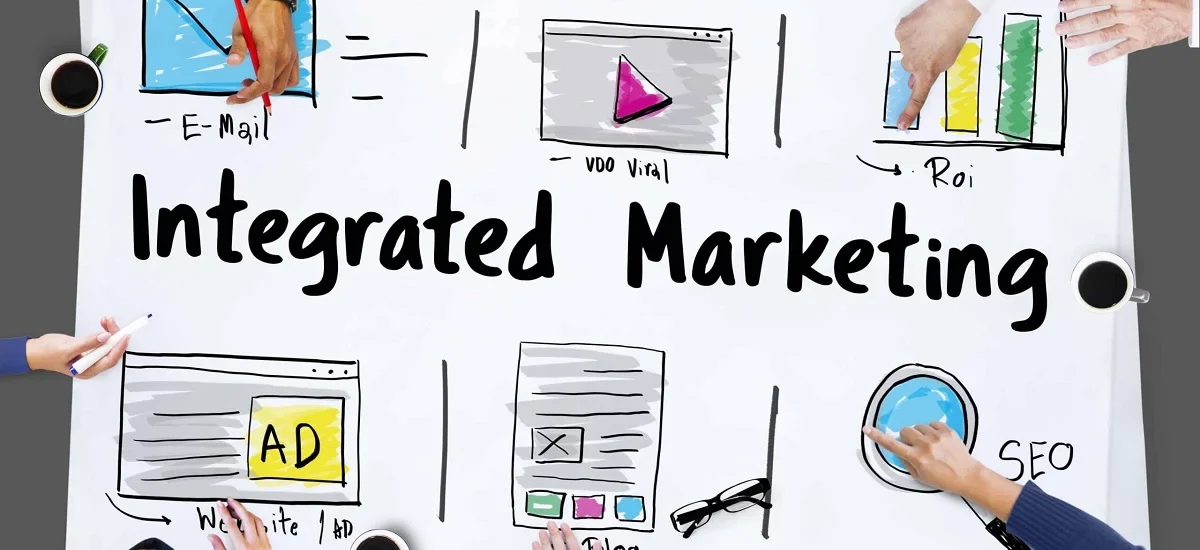In the ever-evolving landscape of business, the convergence of marketing and public relations (PR) emerges as a potent strategy to cultivate a cohesive and impactful brand presence. By orchestrating these pivotal functions in harmony, organizations stand to magnify their reach, fortify their messaging, and forge a more unified and compelling brand identity.
Integrating Marketing and PR
This article navigates the steps essential for integrating marketing and PR, followed by a thorough examination of the myriad advantages stemming from this strategic collaboration.
Understanding The Steps To Integrate Marketing And PR
Cultivate Cross-Functional Collaboration:
Initiate regular collaborative meetings between the marketing and PR teams. Foster an environment of open communication and insights sharing, ensuring both departments align with overarching organizational goals.
Develop Unified Messaging:
Articulate a consistent narrative aligning marketing and PR efforts. Ensure a cohesive story resonates across various channels and campaigns, reinforcing brand values and messaging.
Joint Goal Setting:
Establish shared objectives and key performance indicators (KPIs) that both marketing and PR teams work towards. This cultivates a sense of shared responsibility and mutual support in achieving overarching business goals.
Leverage Integrated Campaigns:
Design campaigns seamlessly blending marketing and PR elements. Whether for a product launch, event, or content marketing initiative, synchronize both functions to maximize impact and resonance.
Shared Content Creation:
Encourage collaboration in content creation, developing content that serves both marketing and PR purposes. Amplify its reach and effectiveness across diverse channels by fostering cooperation.
Utilize Cross-Channel Promotion:
Coordinate efforts to promote campaigns across various channels. By leveraging both marketing and PR channels, organizations can create a more holistic and far-reaching impact.
Advantages of Integrating Marketing and PR
Consistent Brand Messaging:
Integration ensures a unified and consistent brand message across all communication channels, contributing to enhanced brand recognition and reinforcing the desired brand image.
Leveraging Combined Expertise:
By amalgamating the unique strengths of marketing and PR professionals, organizations can harness a more comprehensive skill set, resulting in more creative and effective strategies.
Optimized Resource Utilization:
Integrating marketing and PR allows for resource optimization, reducing redundancy in efforts and expenses. Shared campaigns and promotional activities lead to efficient resource allocation and budget management.
Enhanced Reputation Management:
PR’s focus on building and maintaining a positive public image complements marketing’s efforts. This holistic approach addresses both proactive and reactive aspects, ensuring comprehensive reputation management.
Maximized Reach and Impact:
Combining the reach of marketing channels with the credibility of PR efforts extends the overall impact of campaigns. This integrated approach ensures messages resonate with a broader audience.
Improved Crisis Communication:
Integrating marketing and PR proves invaluable during crises, ensuring a coordinated response to mitigate potential brand damage and maintain public trust.
Greater Return on Investment (ROI):
Integrating marketing and PR leads to streamlined and effective campaigns, contributing to a higher return on investment. Combined efforts generate synergies amplifying the overall impact on business outcomes.
Conclusion
In conclusion, integrating marketing and PR stands as a strategic imperative for organizations aiming to maximize their influence in a competitive market. By following these steps to integrate Marketing and PR and recognizing the myriad advantages arising from harmonious collaboration, businesses can position themselves for sustained success and cultivate a stronger, more resonant brand presence.









